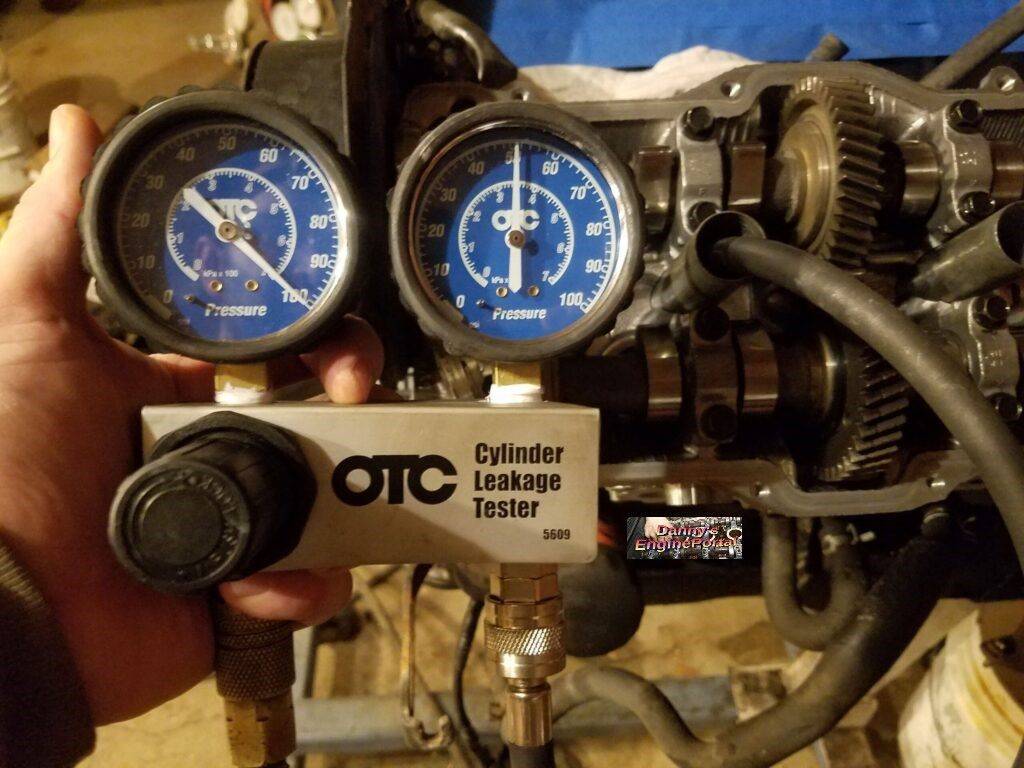
“Choose Your Help Topic Below”
Compression Testing Engine Mechanical
- Compression Test: How To Do It, Dry Or Wet – Review The Results
- Wet Compression Testing Is A Step Up, From A Regular Test
- Compression Leak Between Cylinders: Without Any Coolant or Oil Leaks
- Running Dynamic Compression Test: Evaluating Individual Cylinders
- Engine Compression – What Can Cause, Low Or No Compression
- Low Compression Causing Misfires – Is It A Mechanical Malfunction
Then, Cylinder Leak Down Testing Engine Mechanical
- Cylinder Leak Down Test – What Are The Results Telling You
- How To Do A Cylinder Leak Down Test – With Or Without A Tester
- Bubble Test – Used In Conjunction With A Cylinder Leak Down Test
Power Balance Testing
- Engine Power Balance Testing: Total Power Output Of The Engine
- Cylinder Power Balance Testing – Uncover Hidden Engine Issues
Engine Vacuum Testing Engine Mechanical
- Vacuum Leak Repair: Locations, Common Causes, Common Repairs
- Vacuum Leak Detection – The Safe Way To Find Vacuum Leaks
- Using A Vacuum Gauge, To Test The Condition Of Your Engine
- Vacuum Leaks – How To Quickly Find Them In 5 Easy Steps
- Vacuum Test Basics – What To Check And How To Do It
Additional Testing Engine Mechanical
- Valves and Piston Rings: Problems, Causes and Solutions
- Top Dead Center – Is When The Piston, Is At The Top Of Its Stroke
- Valve Springs Can Cause, Floating Valves and Pumped Up Lifters
- Engine Troubleshooting – Common Problems With Solutions
- Low Oil Pressure: Troubleshooting, Actually Starts At The Dipstick
- Sticking Valves Because Of Carbon Deposits And Rich Fuel Mixture
- Engine Oil Pressure Low – Common Causes And Ways To Fix It
- Hydrolocked Engine: What Does It Mean – Possible Damage
- Valve Lash – Getting All The Facts For Setting And Adjustment
- Valve Lash Setting – Top End Ticking Noise, Usually The First Sign
- Engine Oil Pressure Warning – Possible Causes And Testing
Thank You !!
